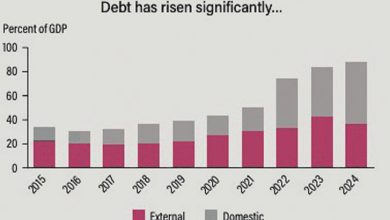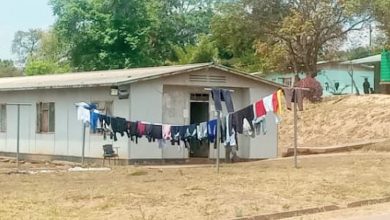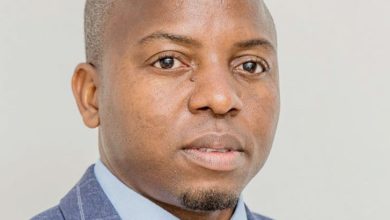Malawi yet to gain financial freedom
Malawi’s strides towards a middle-income status by 2063 could be a far-fetched dream if World Bank data is anything to go by.
The data shows that Malawi has a prosperity gap, an indicator that monitors shared prosperity, of 18.7 percent, which is far from the global average.

This means that incomes will have to be multiplied by 18.7 fold to reach a standard of $25 (about K43 775) per person per day.
The $25 per day prosperity standard is slightly above the average daily household per capita income at the point where countries reach high-income status and it is also slightly above the typical poverty line in high-income countries at $24 (about K42 000) per day.
The World Bank data further shows that Malawi’s gross domestic product (GDP) per capita stands at $602.3 (about K1 million) as at 2023, far below that of the lower middle-income economies of $1 146 (about K2 million) and higher income economies of $14 005 (about K24 million).
With this GDP per capita, Malawi has a poverty rate of 70.1 percent, but going by the higher income GDP per capital standing, the poverty rate in Malawi would be at 97.3 percent.
In an interview on Tuesday, National Planning Commission research and capacity building manager Andrew Jamali, whose organisation oversees the implementaiton of Malawi 2063, the country’s long-term plan, said while there are prospects and strategies to help Malawi create a wealth and self-reliant economy, more needs to be done.
He said while Malawi is pushing for vibrant manufacturing, tourism, mining and agriculture sector to boost economic growth and generate wealth, consistence in policies that move bottle necks is key.
Said Jamali: “The Malawi 2063 is clear on strategies we need to implement to create wealth and grow the economy, but we also need decisiveness, seriousness and dedication that should show that we are moving forward.
“A lot needs to be done on the fiscal policy, energy supply, human capital and infrastructure, otherwise it would be difficult for us to rise into the terrain.”
Malawi has been on a journey to turn into a wealthy, self-reliant, industrialised lower-middle-income economy by 2030 and an upper middle-income economy by 2063.
NPC has always argued that the Malawi economy needs to grow by at least 10 percent annually in the next six years, from an earlier projection of six percent, to attain a middle- income status.
However, in recent years, Malawi’s economy has grown by an average of two percent due to internal and external shocks.
For Malawi to graduate into the lower middle-income bracket, it needs to reach a gross national income (GNI) per capita of $1 086 (about K1.9 million), according to NPC.
However, NPC data shows that between 2018 and 2023, GNI per capita increased by 25 percent from $500 ( about K875 000) to $623 (about K1 million).
Speaking separately on Tuesday, economist and public finance management consultant Dalisto Kubalasa observed that the country’s aspirations to attain middle-income status by 2063 are bold and commendable, but there are tough questions about feasibility, strategy and political will to achieve the feat.
He said: “It’s about time we took such dreams seriously at every level as this is not just about boardroom GDP targets.”
Kubalasa said what is key is to grow what we want, processing what we grow and export what we process while investing in people, ending corruption, powering the nation and unleash the youth.
On his part, development economist Frederick Changaya said even with $25 a day being a far-fetched dream, there is still hope as Tanzania and Zambia are now above the lower middle-income bracket with Mozambique fast approaching the same.
He said: “What is needed is a national transformation movement with no politics.
“Let’s rally behind agriculture, manufacturing, mining and tourism as we push for industrialisation.”
Centre for Green Economy in Developing Countries global lead Velli Nyirongo said to close the prosperity gap and reach middle-income status by 2063, Malawi must transform its economy through export-led growth and diversification.
“This involves moving beyond dependence on agriculture by investing in promising sectors such as agriculture, tourism, mining and manufacturing,” he said.
The World Bank developed the prosperity gap to increase sensitivity to distributional issues, shifting the common understanding of development progress away from average per capita income and emphasising that good growth should benefit the least well-off in society.





